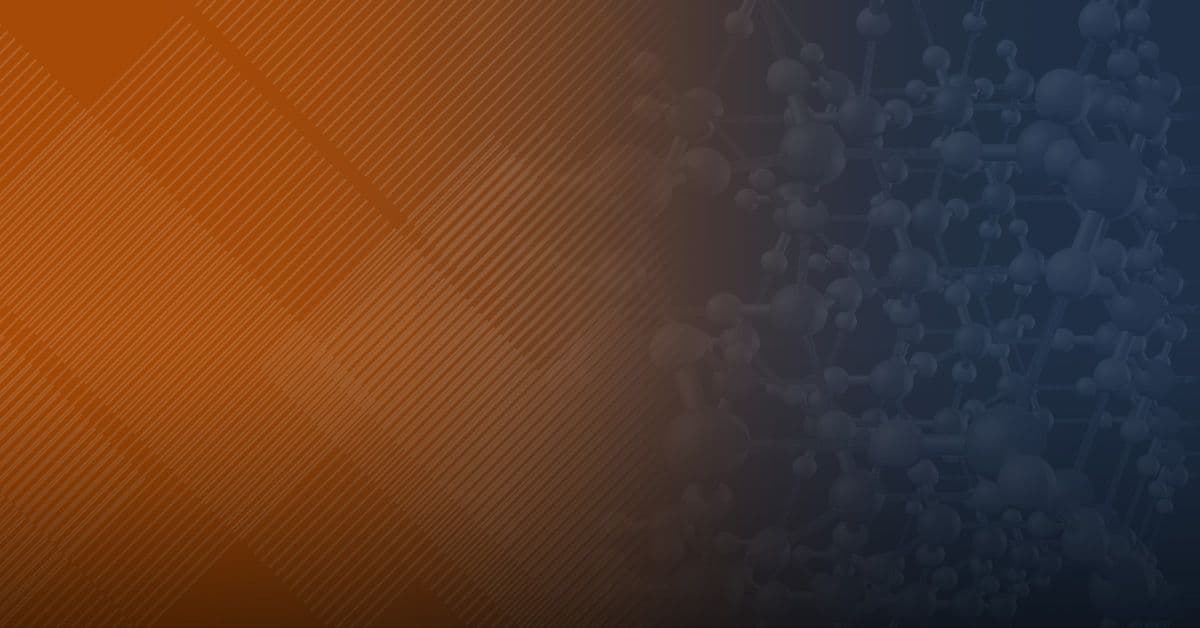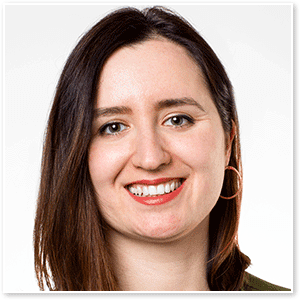This award recognizes an individual who has demonstrated creativity and impact in leading research in inorganic chemistry, broadly defined. Learn more about this year's winner, Professor Alexandra Velian, and her innovative work.

Inorganic Chemistry, in partnership with the ACS Division of Inorganic Chemistry, is proud to announce Professor Alexandra Velian (University of Washington, Seattle, United States) as the winner of the 2023 Inorganic Chemistry Lectureship.
This award recognizes an individual who has demonstrated creativity and impact in leading research in inorganic chemistry, broadly defined. Prof. Velian was selected for her innovative approaches to synthesizing single-site catalysts with atomic precision and studying their mechanism of action for applications that contribute to decarbonization, clean energy, and quantum information technologies.
Prof. Velian will be honored during an ACS Division of Inorganic Chemistry symposium at the ACS Fall National Meeting in San Francisco, California, August 13-17. Learn more about Prof. Velian and her research below.

Alexandra Velian is an Assistant Professor who began her career at the University of Washington in 2017. A central goal in the Velian group is to create next-generation catalysts geared to turn greenhouse gases such as methane and carbon dioxide into value-added products. Her approach is to use molecular strategies to synthesize single-site catalysts that harness metal-support interactions and shine light on processes that govern the substrate/active sites/support interactions.
Prof. Velian received her Ph.D. under the direction of Professor Christopher C. Cummins at the Massachusetts Institute of Technology, where she developed the synthesis of anthracene and niobium-supported precursors to reactive phosphorus fragments and studied their behavior using chemical, spectroscopic, and computational methods. Notably, this work gave rise to the synthesis of the 6π all-inorganic aromatic anion heterocycle P2N3−, produced in the “click” reaction of P2 with the azide ion.
Following her Ph.D., Prof. Velian was a Materials Research Science & Engineering Center postdoctoral fellow with Professor Colin Nuckolls at Columbia University, where she worked on creating well-defined functional nanostructures by linking atomically precise metal chalcogenide clusters.
Prof. Velian has earned several awards and distinctions, including an Camille Dreyfus Teacher-Scholar Award in 2023, the Marion Milligan Mason AAAS Award in 2023, the C&EN Talented 12 distinction in 2022, a Cottrell Scholar Fellowship in 2020, an NSF Career Award in 2019, an ACS Division of Inorganic Chemistry Young Investigator Award in 2016, and the Alan Davison Prize for the Best Thesis in Inorganic Chemistry at MIT in 2015.
Read the interview with Prof. Velian
What does this award mean to you?
It is an enormous honor, and it motivates me to push the frontiers of our research further, to answer increasingly complex questions.
How would you describe your research to someone outside your field of research?
A special focus in our group is to bring molecular precision in the synthesis of single-site catalysts that transform abundant molecules (i.e. N2 or CO2) into compounds poised to play central roles in a green economy (i.e. NH3, C–C products). Our approach is to employ molecular strategies to embed well-defined catalytic sites on the surface of van der Waals inorganic nets and atomically precise clusters. These platforms foster structural and electronic cooperativity between active site and support, offering the potential to maximize catalytic activity and selectivity. This vision is part of the rapidly emerging field of nanoscale catalysis, found at the confluence of nanomaterials, molecular chemistry, and physics, and is an area ripe for discovery.
What do you think is the biggest challenge currently in your area of research?
There is both a synthetic gap in bringing atomic-level control into the structure of the active sites, but also a gap in the ability to experimentally interrogate their activity in detail, especially during catalysis. My group is especially well-positioned to address the synthetic challenges. There are three central goals that our work seeks to address: achieve structural fidelity and atomic precision of the active site, bring atomistic insights into the metal/support interface and the phenomena underpinning active site/support cooperativity, and ultimately, realize the total synthesis of inorganic materials with programmable functions and structures.
What is next in your research?
We will put more emphasis into the synthesis of functional (e.g. catalytically active) and atomically precise inorganic materials.
Have there been any highlights in your career to date that you are especially proud of?
Yes. The highlight of my career to date has been working with each one of my students, and observing their growth as scientists and people.
What would your advice be to someone just starting out in the field?
Don’t be afraid to follow your research vision, and to take risks. Learn to be your own advocate.

Stay Connected

